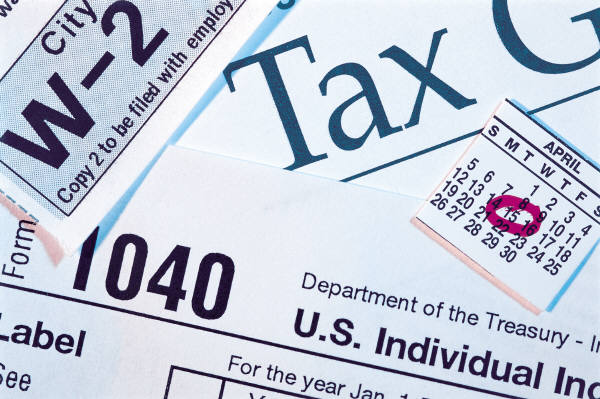Pick the right funds from your company’s 401(k) plan offerings.
Stocks? Mid cap? Emerging markets? Corporate bonds? When selecting from your employer’s 401(k) plan funds, you’ve likely got a lot of options. Most employer-sponsored plans include 10-20 funds you can select from, ranging across asset classes, fund size and investment strategy.
So, what’s an investor to do? Follow these five steps to select the right funds for your 401(k) plan.
1. Determine how much you can save. This will be a combination of what you are able to contribute from your paycheck, and what your employer may offer in matching contributions. The typical recommendation is to sock away 10 percent of your gross pay.
2.Figure out how many years you have until retirement. If you’re young, you’re better able to take advantage of high-growth funds, which tend to be more volatile but have a higher earning potential over the long haul. If you’re close to retirement, stick with funds that offer some growth, but not as much risk. (New to investing? Check out this quick primer on how to invest your money.)
3. Start selecting funds. Typically, you’ll have several asset classes to choose from: money market funds, stock mutual funds and bond mutual funds.
- Money market funds: This type of asset operates along the lines of a savings account. These funds typically require a minimum investment and offer a higher rate of interest than a typical bank account. It’s a low-risk, but also low-return investment option of cash-equivalent assets that are more easily accessible.
- Stock mutual funds: A mutual fund is simply a pool of similar assets—in this case, stocks. These may also be known as equity funds because you are purchasing ownership in a corporation. Stocks offer the highest return but also the highest risk, and both these factors depend on the compilation of stocks in the fund. For example, investing in a stock mutual fund focused on emerging market companies can offer large rewards and even larger risk. Stable U.S. companies, like IBM or AT&T, won’t be as risky, but also may not produce as large of a return.
- Bond mutual funds: This is a pool of several different bonds, which can range from government bonds to corporate bonds. Also called fixed-income securities, a bond is essentially a loan from you for which you receive interest payments until your investment is repaid. The return on bonds is moderate and risk is typically low. You’ll have the lowest risk with U.S. Treasuries and higher risk with high-yield (junk) bonds.
4. Be sure to diversify. You know the saying, and it holds especially true when investing. Don’t invest too heavily in one asset class or one sector (like health care or technology). This means you’ll need to review the funds you’ve selected to see which top 10 companies are included. Don’t select funds that invest in the same companies.
5. Do your homework. Once you’ve narrowed down your fund options, take a closer look to ensure you’re selecting the best funds. Review the fund’s average returns, expense ratio, manager and size. You want a fund that has better than average returns over a three- to 10-year span, a low expense ratio in comparison to similar funds, a fund manager with solid experience and a good track record, and a good-sized fund (not too big, not too small).
Now that you’ve selected the right funds for your 401(k) plan, be sure to review your selections each year and rebalance your portfolio as needed to fit your investment strategy.
This article contains general information. Individual financial situations are unique; please, consult your financial advisor or tax attorney before utilizing any of the information contained in this article.
Related Articles
- Tips To Manage Your Money When Your Married
- What Is The Alternate Minimum Tax (AMT)?
- 7 Steps to Manage Your Money When You Have Kids
- Six Steps To Create And Manage A Budget
- Retirement Planning: Start the Process!
- Retirement Planning: How much do I need to save?
- Retirement Planning: Tips for Saving
- Retirement Planning: Investment Options
- Catch Up On Your Retirement Savings
- Should You Invest In An ETF
- Should An Annuity Be Part Of Your Retirement
- What is an IRA?
- What Is a Roth IRA and is it right for you?
- Investing for beginners: The basics of how to invest your money
- Estate Planning: Why You Need A Will
- Estate Planning: Should You Create A Trust?
- Estate planning: Tax Planning For Your Estate
 Print
Print Email
Email









